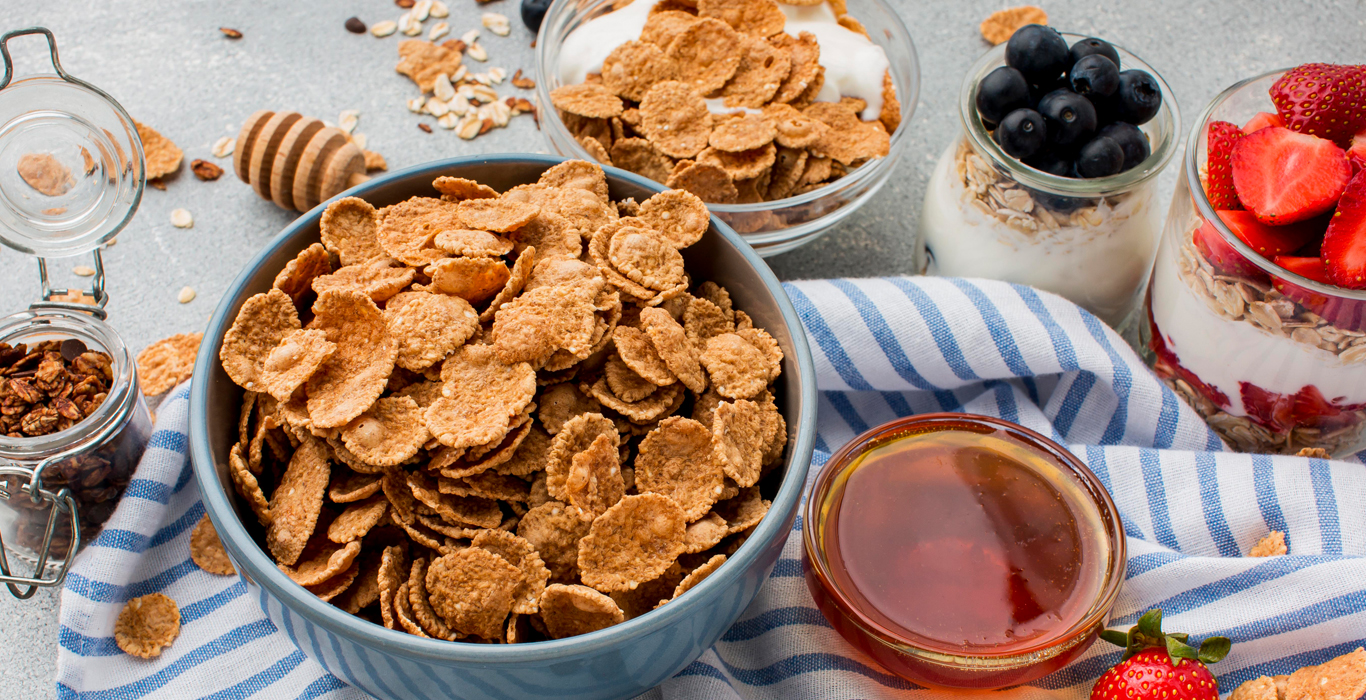Tips for choosing gluten-free foods
Check online for free at gluten-free services or celiac support groups for recipes, menu settings, and tips using gluten-free products. Very few websites provide consumer information and additional resources on how to prevent celiac disease by staying away from gluten-free foods. seek specialized information from reliable sources. gluten-free cookbooks, food items, newsletters, websites, and support groups can provide help and other resources.
How to choose gluten-free foods
Learn which products are gluten-free and which foods may contain “hidden” sources of gluten. usually, all processed foods, spices, and sauces may contain traces of this wheat product. fresh fruits, vegetables, and meat without additives or additives are gluten-free. therefore, it is always best to rely heavily on raw and fresh foods. especially additives added to extend shelf life decay items require special attention. keep the clock.
Make a note next to the items on your grocery list to check the ingredient list of products that allegedly contain gluten. this can prevent unwanted items from getting into your shopping cart.
At first, following a gluten-free diet may be frustrating. however, over time, with tolerance, and ingenuity, you will find that there are many gluten-free foods you have already eaten and you will find other gluten-free foods that you can appreciate. switching to a gluten-free diet is a big change and, like anything new, requires adjustment. you may at first be deprived of food. however, try to be confident and focused on all the foods you can eat. you may also be happy to see how many gluten-free items, such as slices of bread and rice, are now available.
Be aware of certain non-food items that may come in contact with the mouth, and check the ingredient list for lips and balms, drugs, and toothpaste, as this may contain gluten and produce reactions in those with allergies. and avoiding bulgur, farina, spelling, and malt flavors is best.
Shop at a no-gluten grocery store or look for natural foods or specialty stores that cater to people who are allergic to food. these stores may have an improved selection of non-gluten-free cooking products, vegetables, bread, spices, and herbs. shopping in these types of markets can make it easier to find the food you want without having to spend extra time on the shelves of the grocery store. ask the store manager if a list of non-gluten-free foods is readily available.
Staying away from completely gluten-free foods is the only way to avoid the damage caused by intolerance, although this can be difficult to do. a gluten-free diet plan requires complete knowledge of what gluten is, what it contains gluten, and where it is found. Gluten is found in many things, so it is necessary for a person who is following a gluten-free diet to learn the types correctly and to know what substances they may have. similarly, “gluten-free” means that the product contains less than the minimum amount considered dangerous, although this number varies around the world. because most foods contain this much-needed protein, getting some of all the natural vitamins, nutrients, and fiber needed for a healthy diet can be a daunting task.
Read the ingredients used in various foods and understand words like hydrolyzed veggie protein, flour or grain products, custom-made starchy foods, soy sauce, and veggie chewing gum, anything that may contain gluten. Other names that may indicate gluten-containing foods include emulsifiers, plant proteins, and solvents. product ingredients may change over time. remove foods containing wheat, barley, rye, or oatmeal, as well as cereals such as durum rice, graham flour, kasha, wheat germ, wheat bran, and bulgur, triticale.
For More Details, Visit Our Gluten-Free site @ https://skyroots.in/




Comments
Post a Comment